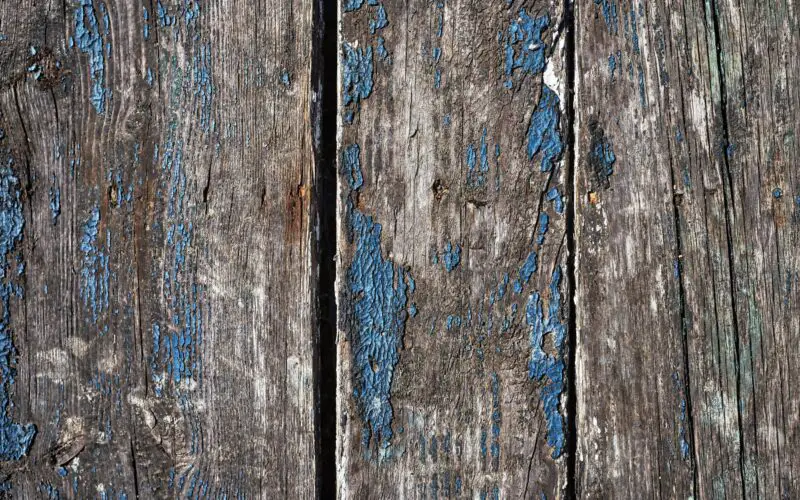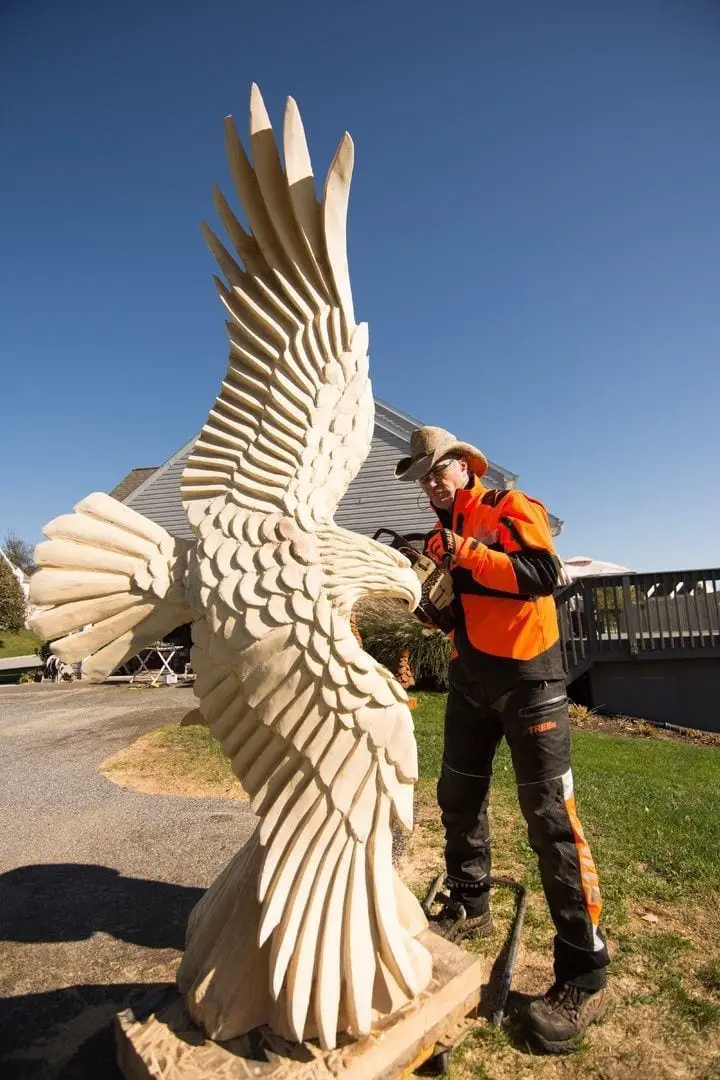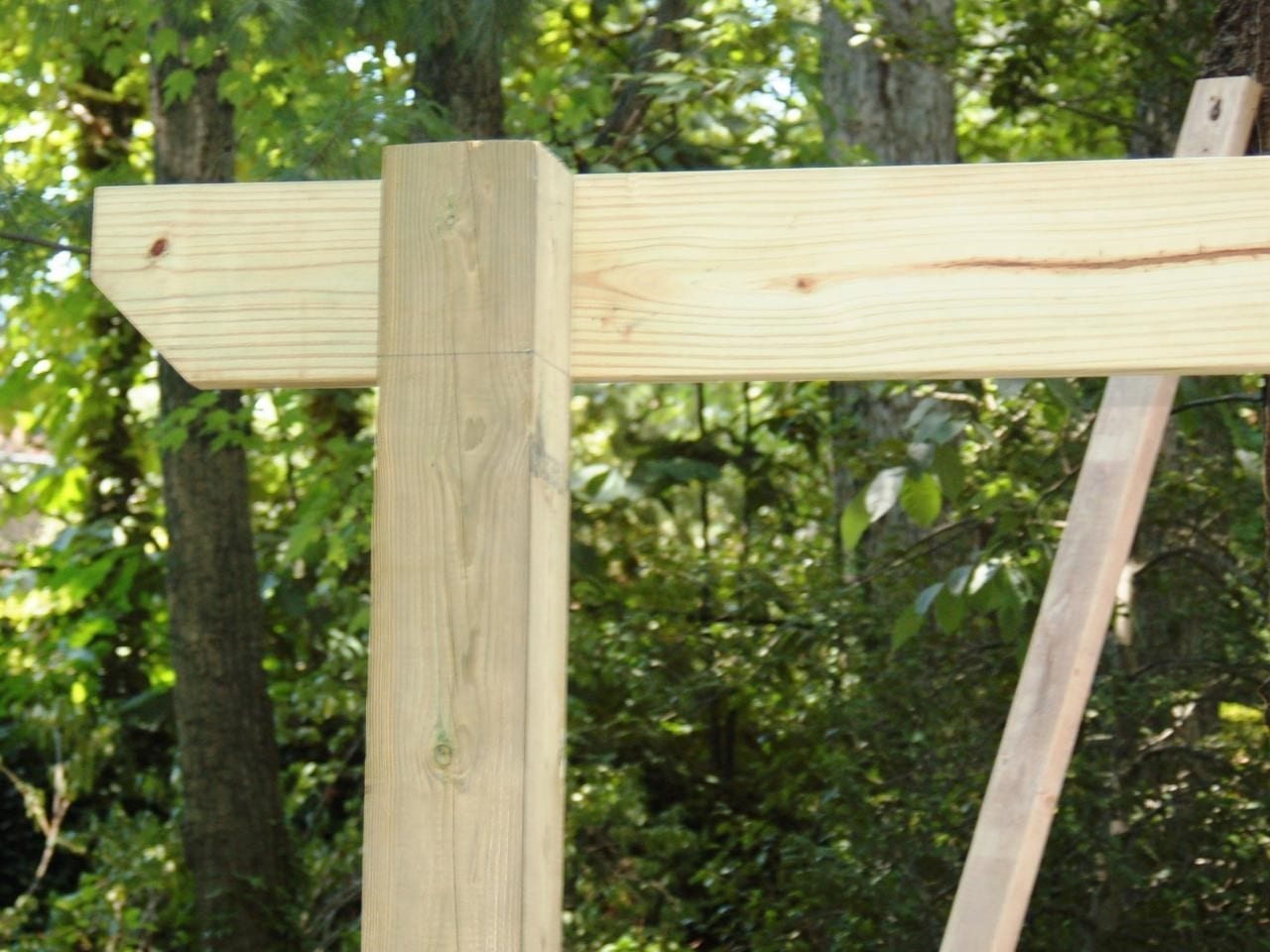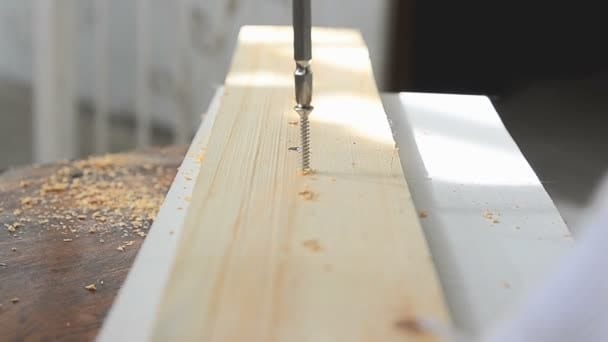How Long Should You Let Wood Dry Before Painting It?
If you are into woodworking, you are likely aware of the delicate relationship between the moisture content in the wood and the wood’s tendency to get deformed as it gets older. For a hassle-free future of your woodworks, you need to ensure that the wood you use has dried up appropriately.
Here, we mean the stacking of the lumbers and drying of the wood through the natural process. Although there is kiln-dried wood in the market, we don’t mean that right here. That kind of wood treatment is an industrial process we are not concerned about right now.
In this blog post, we are going to discuss how long to let the wood dry before painting. We will also discuss other related topics. For example, we will discuss why dryness is critical to wood when it comes to painting it.
There are some definite losses if we don’t ensure the appropriate level of dryness of the wood before painting it. We will elaborate on that, too.
The Excitement
When you have unloaded the wood panels and lumbers and raring to go, we know you can’t wait for long. You might have probably bought your stock of woods from the local hardware shop or the Home Depot outlet. In this case, you might not have to wait for too long to dry the wood.
These stores already keep their woods stacked where the natural process of drying is continued all the while. So, when you buy wood from these stores, you do not need to dry them for an extended period.
However, you should not hazard a guessing game. There are set norms that can determine how long to let the wood dry before painting. We will discuss these methods later in this article. You can use these methods to get down to the core of the issue.
So, to repeat the central question of our blog, how long should we dry the woods before painting them?
What If You Don’t Dry the Wood Properly?

If you don’t know how long to let the wood dry before painting, the paint you apply on the surface of the wood may come off sooner than you expect. This is just one of the many wrong things that can happen.
For example, if the woods are not dry, the evenness and finish of the painting may not look flawless or great. It’s because the presence of moisture in the wood would not allow another water-based or any kind of liquid to create space within the wood. This, in turn, will lead to a weaker bonding between the wood and the painting.
If you go with this option, the paint on the wood would not remain to hold on to the wood for long. It may peel off, get scratched and come off more easily.
How Much Exactly Should You Wait For?
If you have bought the woods from the local dealer or Home Depot outlet, you may not have to wait for too long before you go about painting them. The period for extended drying could be ideally 48 hours or may even stretch up to 72 hours.
However, the exact timing depends on the degree of dryness of the woods. If they are not dry enough, you should wait for a few days longer than 72 hours.
Is There Any Formula?

Yes, there are expert opinions in the woodworking circle about how much you should wait before painting the lumbers. After a few projects, you can even hand in a few of these opinions.
However, a basic formula that should guide you is the idea of moisture in the wood. Typically, a fresh cut from the tree has about 30% moisture. At that level, the wood is ideal neither for any serious woodworking nor for painting. It has to be dried before any of these activities can be undertaken.
In the profession of a woodworker, the driest form of wood is usually used by furniture makers. They use woods with about 4% of moisture. Now, you know why furniture stays immune to deformities even long years into the service.
Moisture levels of about 13% in the woods are believed to be the safe limits for most other purposes including building works. This means you should have your wood with moistures ranging between 4% and 13%. When you buy the woods from your favorite shop, the shopkeeper will have you believe that the moisture content is in the range of 13% at the most.
Is There a Test?
Things may not stand as they look or are being promised. There are a few tests that woodwork professionals recommend getting an idea of the dryness level of the wood or its suitability for a given use case. So, to be on the safer side, you can go ahead with one of these tests to decide how long to let the wood dry before painting. The idea is clear that you should not paint damp wood.
Use Moisture Meter
There is a low-cost device called Moisture Meter that allows you to check the moisture content of the wood without cutting or threading it. You can also hire it from the local hardware shop. It’s as easy as that to determine how long to let the wood dry before painting.
If the moisture content is in the right zone for your purpose, you can go ahead and paint the woods. But if the woods are still damp you should wait for some time before the elements take the excess moisture out of the woods.
Water Beads Test
If you don’t have access to a Moisture Meter, you can still carry out a moisture test that will judge your acumen as well — with respect to the woods. Don’t be scared, it’s easy and fairly manageable. And, the results are also close to what you expect them to be – practically real.
In this test, you need to sprinkle a little water on the surface of the woods and watch it. If the water shows a tendency of getting soaked into the wood, your wood is ready to be painted.
But if the water beads up and stream down to the sides, it’s a hint that the wood has more moisture than required. In this case, you should allow the wood to dry up for a few days more and conduct the same test to see if there is any difference.
The rationale is that the wood needs to absorb the maximum amount of paint to create a stronger bond with the paint.
When the Wood is Damp
If the wood is wet, it will not allow the paint to penetrate deeper into the pores and fabric of the wood. Naturally, the bond between the woods and the paints will be weaker, leading to the peeling off or scratching of the paints.
The Water Beads tests work with satisfaction with most other kinds of wooden surfaces including MDF, HDF, and pressure-treated wood. You can use the same Water Beads tests to check if the wood is ready to receive a coat of oil paint or latex.
If the wood sucks in the water, it is a major hint that the wood has dried up enough and can be painted now. But if the water beads up or flows down, you can assume the internal fabric of the wood is still soaked in moisture. In this case, it’s not appropriate to go painting the wood right away.
What Is Wood Straining?

Wood stains or wood staining are very commonly used utterances during the initial stages of the woodwork. It’s the first protective layer to the wood that precedes the painting. So, when you are judging how long to let the wood dry before painting, you are actually considering straining rather than painting.
After straining, you should once again judge whether the woods are dry enough for painting. If they are not, you should rather wait than rush. Usually, it takes at least 24 hours for the stains to completely dry. In some cases, you may have to wait for at least 48 hours before you can paint the lumbers.
Stains are used to enhance the woods’ natural grains or to give a darker shade to the original look of the wood. It refines the looks and texture before the first coat of paint is treated to the wood. Stains can create a variety of options in terms of looks and feel.
Final Thoughts
Staining or painting is an important aspect of woodworking projects. They offer the first layers of protection to the raw wood from decomposition, corrugation, effects of the elements such as deformities.
However, it is important to ensure the woods are properly dry before you paint them. Painting woods that are damp or high in moisture content can rob off some of the benefits.








